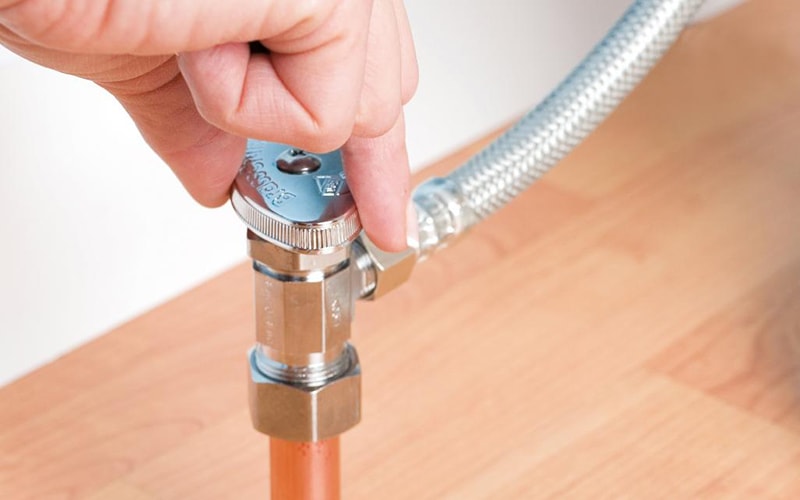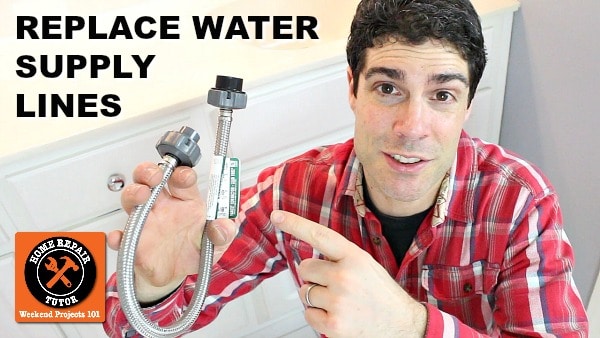If your kitchen sink faucet is experiencing low water pressure, the first thing you should check is the aerator. The aerator is the small screen at the end of the faucet spout that helps to regulate the flow of water. Over time, it can become clogged with mineral deposits and debris, causing a decrease in water pressure. To check the aerator, simply unscrew it from the end of the faucet and clean it with a mixture of equal parts water and vinegar. This will help to dissolve any buildup and restore the proper flow of water. If the aerator is damaged, it may need to be replaced.1. Check the aerator
If the aerator is not the issue, the next step is to check the water supply valves. These valves control the flow of water to your faucet and can sometimes become partially closed, resulting in low water pressure. Make sure the valves are fully open and not obstructed by any objects. If they are difficult to turn or appear to be damaged, it may be necessary to call a plumber to have them replaced.2. Check the water supply valves
Another potential cause of low water pressure in your kitchen sink faucet is a dirty faucet head. Over time, mineral deposits can build up on the inside of the faucet head, restricting the flow of water. To clean the faucet head, remove it from the faucet and soak it in a mixture of equal parts water and vinegar. This will help to dissolve any buildup and restore the proper flow of water. If the faucet head is damaged, it may need to be replaced.3. Clean the faucet head
If none of the above solutions fix the low water pressure in your kitchen sink faucet, it may be due to a clog in the pipes. This is especially common in older homes with galvanized pipes, as they can become corroded over time. To check for clogs, turn off the water supply to your faucet and disconnect the pipes. Use a plumber's snake or a wire hanger to clear out any debris or buildup that may be causing the clog. Once the pipes are clear, reattach them and turn the water supply back on.4. Check for clogs in the pipes
If your kitchen sink faucet has a cartridge instead of a traditional valve, it may be the cause of your low water pressure. Over time, the cartridge can become worn or clogged, resulting in a decrease in water flow. To replace the cartridge, turn off the water supply to your faucet and remove the handle. Then, use pliers to remove the old cartridge and replace it with a new one. Finally, reattach the handle and turn the water supply back on.5. Replace the faucet cartridge
If your home has a water pressure regulator, it may be the culprit behind your low water pressure. This device helps to regulate the water pressure coming into your home, and if it is not functioning properly, it can result in low water pressure. To check the water pressure regulator, locate it near the main water supply valve and use a pressure gauge to measure the pressure. If it is below 40-60 psi, it may need to be adjusted or replaced.6. Check the water pressure regulator
In some cases, low water pressure in your kitchen sink faucet may be due to an issue with your water heater. If your water heater is old or in need of maintenance, it may not be able to provide enough hot water to your faucet, resulting in low pressure. Inspect your water heater for any leaks or signs of damage. If it is not functioning properly, it may need to be replaced or repaired by a professional plumber.7. Inspect the water heater
Another potential cause of low water pressure is leaks in the pipes. Even small leaks can result in a decrease in water flow, so it is important to check all of the pipes connected to your kitchen sink faucet. If you notice any leaks, they will need to be repaired by a plumber to prevent further damage and restore water pressure to your faucet.8. Check for leaks in the pipes
In some cases, the supply lines that connect your kitchen sink faucet to the main water supply may be the cause of low water pressure. These lines can become clogged or damaged over time, resulting in a decrease in water flow. If the supply lines are old or damaged, it is best to replace them with new ones to improve the water pressure in your kitchen sink faucet.9. Replace the supply lines
If you have tried all of the above solutions and are still experiencing low water pressure in your kitchen sink faucet, it may be time to call a professional plumber. They will be able to identify the root cause of the issue and provide the necessary repairs or replacements to restore full water pressure to your faucet. Remember, it is always best to address low water pressure in your kitchen sink faucet as soon as possible to prevent any further damage and inconvenience. With these tips, you can easily troubleshoot and fix the issue yourself, or seek professional help if needed. Don't let low water pressure slow you down in the kitchen – take action and get your faucet back to full flow! 10. Call a plumber for professional help
Why is My Kitchen Sink Faucet Experiencing Low Pressure?

The Importance of a Functional Kitchen Sink Faucet
 A kitchen sink faucet is one of the most essential elements in any kitchen. It is not only used for washing dishes, but also for filling pots, cleaning fruits and vegetables, and providing water for various cooking tasks. So, when it starts experiencing low pressure, it can be quite frustrating and disrupt your daily routine.
Low pressure
in a kitchen sink faucet refers to the reduced flow of water from the tap, which can make simple tasks take longer and be more difficult to complete. Furthermore, it can also be a sign of underlying issues with your plumbing system that need to be addressed. In this article, we will explore the possible causes of
low pressure
in a kitchen sink faucet and how to fix them.
A kitchen sink faucet is one of the most essential elements in any kitchen. It is not only used for washing dishes, but also for filling pots, cleaning fruits and vegetables, and providing water for various cooking tasks. So, when it starts experiencing low pressure, it can be quite frustrating and disrupt your daily routine.
Low pressure
in a kitchen sink faucet refers to the reduced flow of water from the tap, which can make simple tasks take longer and be more difficult to complete. Furthermore, it can also be a sign of underlying issues with your plumbing system that need to be addressed. In this article, we will explore the possible causes of
low pressure
in a kitchen sink faucet and how to fix them.
Common Causes of Low Pressure in Kitchen Sink Faucets
 Mineral Buildup:
Over time, mineral deposits can accumulate in the aerator of your kitchen sink faucet, reducing the flow of water. This is especially common in areas with hard water. The buildup can clog the tiny holes in the aerator, restricting the flow of water.
Leaky Pipes:
Another common cause of
low pressure
in kitchen sink faucets is leaky pipes. If there is a leak somewhere in your plumbing system, it can affect the water pressure in your kitchen sink faucet.
Blocked Water Supply Lines:
Sometimes, the water supply lines that connect to your kitchen sink faucet can become blocked with debris, causing
low pressure
. This can happen if your home's water supply is sourced from a well.
Mineral Buildup:
Over time, mineral deposits can accumulate in the aerator of your kitchen sink faucet, reducing the flow of water. This is especially common in areas with hard water. The buildup can clog the tiny holes in the aerator, restricting the flow of water.
Leaky Pipes:
Another common cause of
low pressure
in kitchen sink faucets is leaky pipes. If there is a leak somewhere in your plumbing system, it can affect the water pressure in your kitchen sink faucet.
Blocked Water Supply Lines:
Sometimes, the water supply lines that connect to your kitchen sink faucet can become blocked with debris, causing
low pressure
. This can happen if your home's water supply is sourced from a well.
How to Fix Low Pressure in Kitchen Sink Faucets
 Clean the Aerator:
If mineral buildup is the cause of
low pressure
in your kitchen sink faucet, you can easily fix it by cleaning the aerator. Simply unscrew the aerator from the faucet and soak it in a mixture of vinegar and water for a few hours. Then, use a toothbrush to scrub away any remaining mineral deposits before rinsing it thoroughly and reattaching it to the faucet.
Fix Leaky Pipes:
If you suspect that leaky pipes are causing the
low pressure
, it's best to call a professional plumber to fix the issue. Leaky pipes can cause extensive damage if left untreated, so it's important to address them as soon as possible.
Clear the Water Supply Lines:
If the water supply lines are blocked, you can try using a plumbing snake to clear the debris. However, if you're not comfortable doing this yourself, it's best to call a professional plumber for assistance.
Clean the Aerator:
If mineral buildup is the cause of
low pressure
in your kitchen sink faucet, you can easily fix it by cleaning the aerator. Simply unscrew the aerator from the faucet and soak it in a mixture of vinegar and water for a few hours. Then, use a toothbrush to scrub away any remaining mineral deposits before rinsing it thoroughly and reattaching it to the faucet.
Fix Leaky Pipes:
If you suspect that leaky pipes are causing the
low pressure
, it's best to call a professional plumber to fix the issue. Leaky pipes can cause extensive damage if left untreated, so it's important to address them as soon as possible.
Clear the Water Supply Lines:
If the water supply lines are blocked, you can try using a plumbing snake to clear the debris. However, if you're not comfortable doing this yourself, it's best to call a professional plumber for assistance.
In Conclusion
 Having
low pressure
in your kitchen sink faucet is not only frustrating but can also indicate underlying issues with your plumbing system. By understanding the common causes and how to fix them, you can easily resolve the issue and have your kitchen sink faucet functioning properly again. However, in case of persistent
low pressure
, it's always best to seek the help of a professional plumber to ensure the problem is properly addressed. Remember, a functional kitchen sink faucet is crucial for a well-designed and efficient kitchen.
Having
low pressure
in your kitchen sink faucet is not only frustrating but can also indicate underlying issues with your plumbing system. By understanding the common causes and how to fix them, you can easily resolve the issue and have your kitchen sink faucet functioning properly again. However, in case of persistent
low pressure
, it's always best to seek the help of a professional plumber to ensure the problem is properly addressed. Remember, a functional kitchen sink faucet is crucial for a well-designed and efficient kitchen.



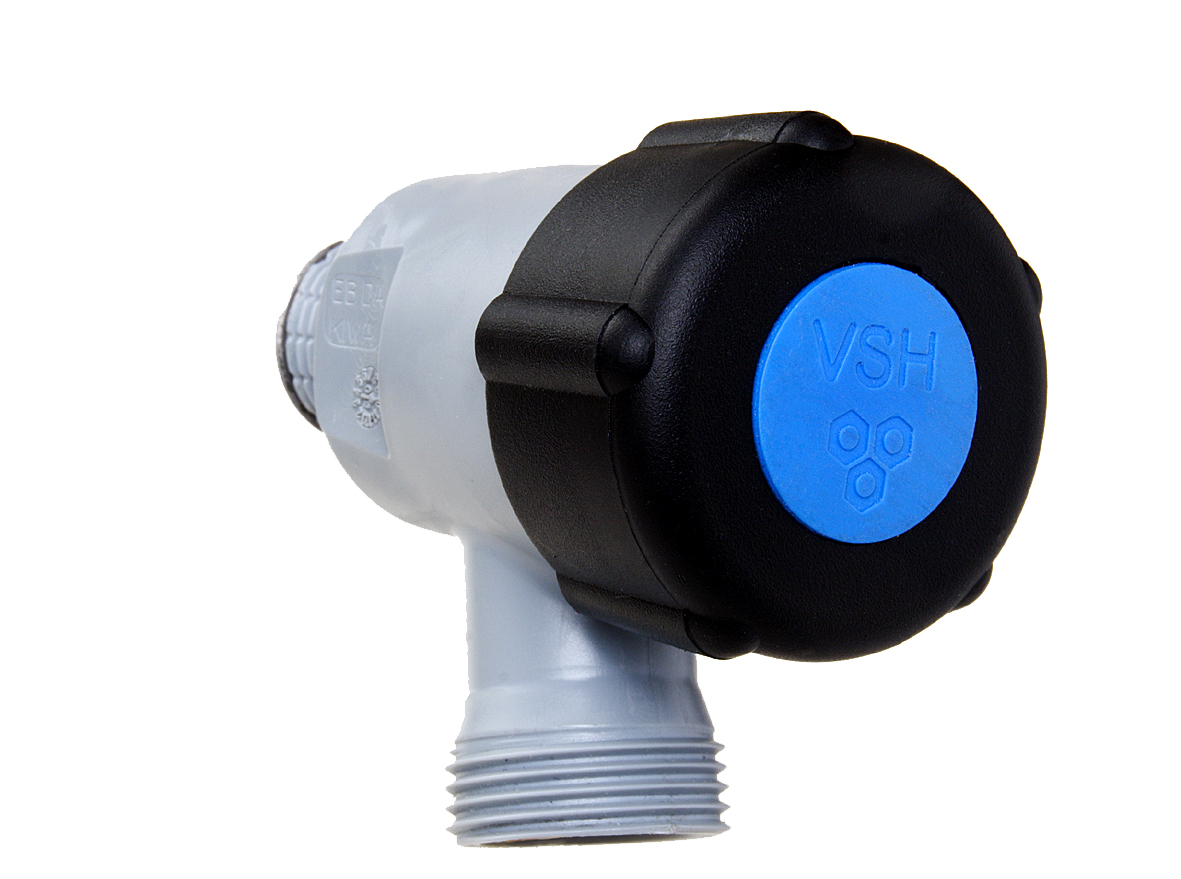








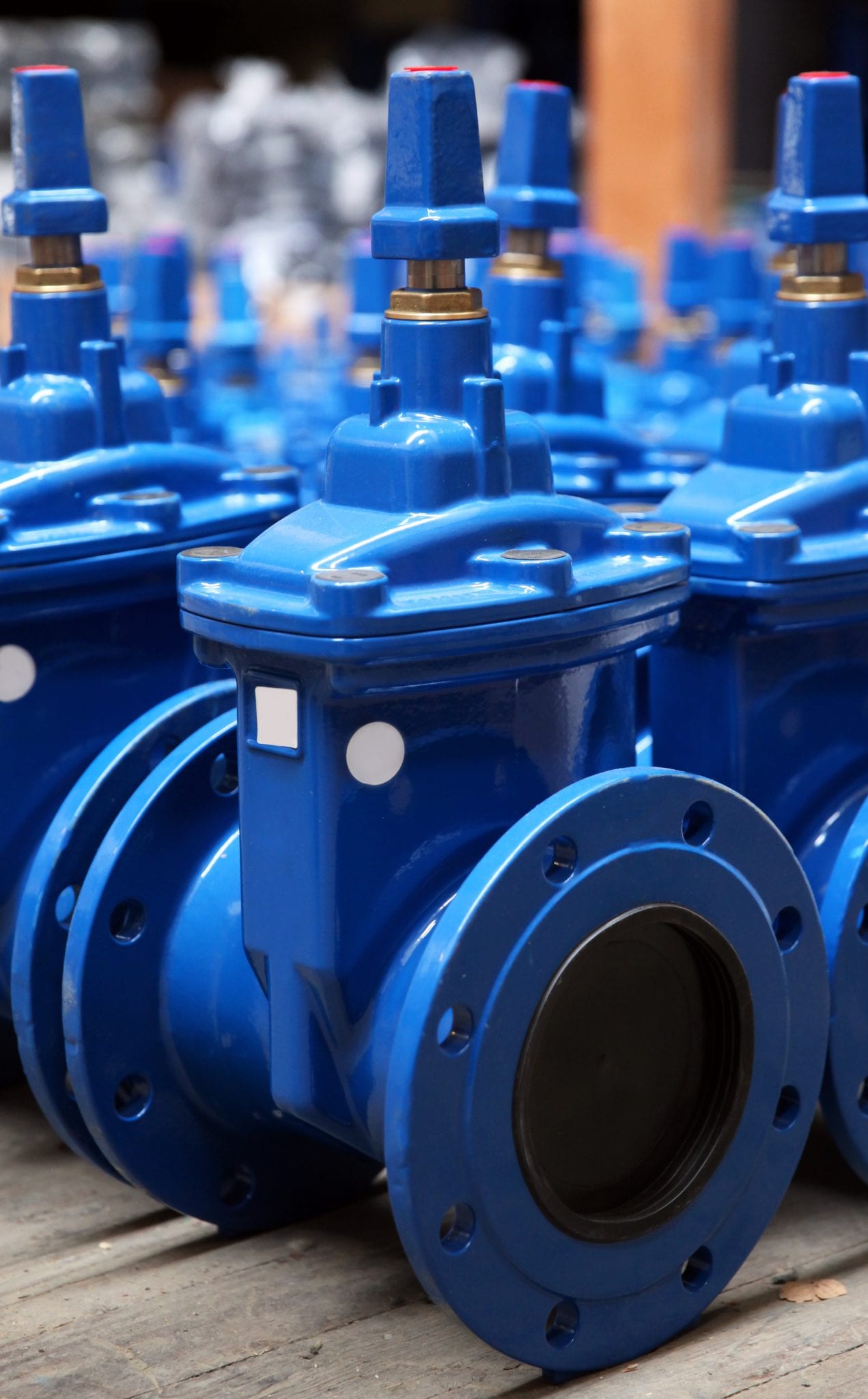

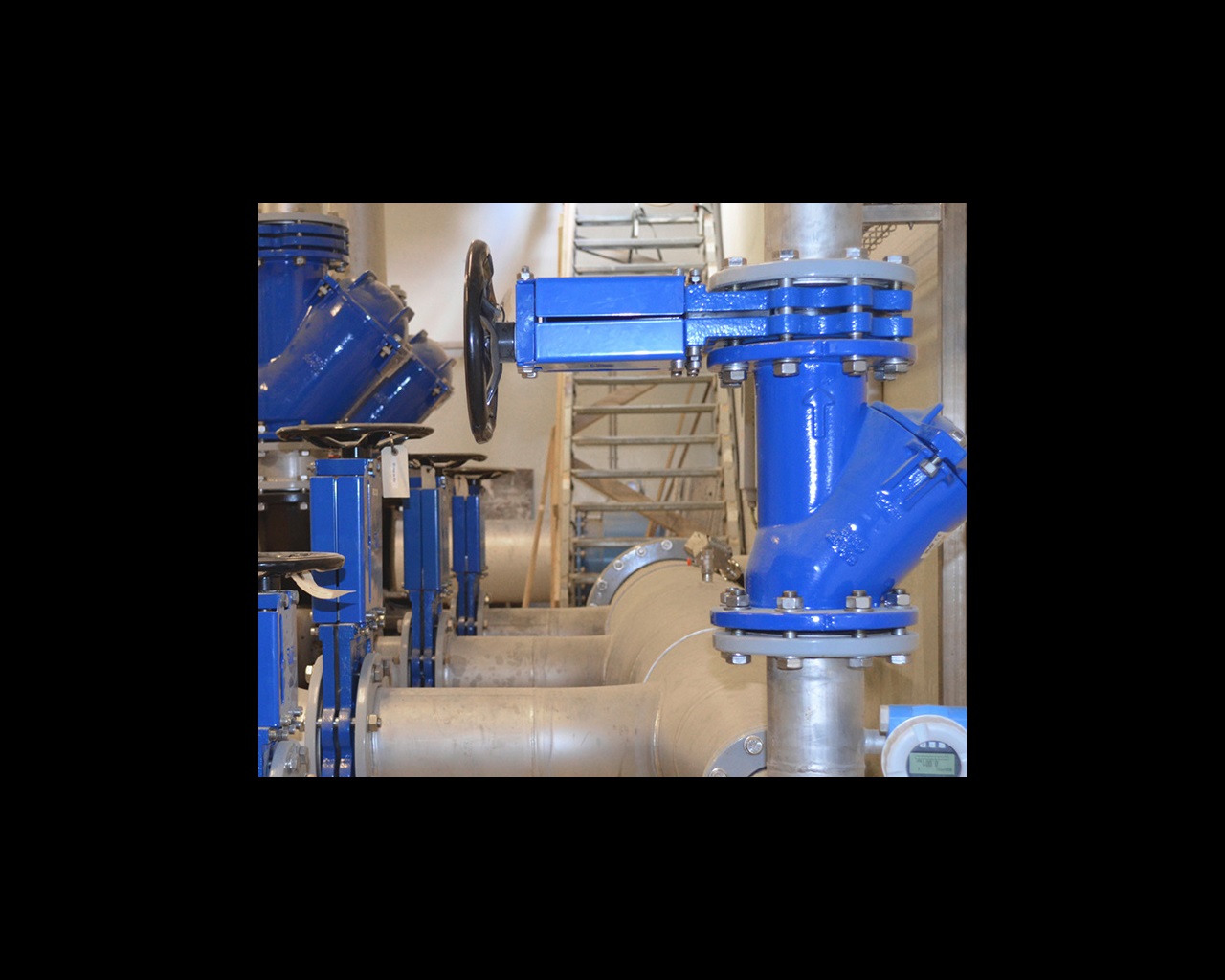







































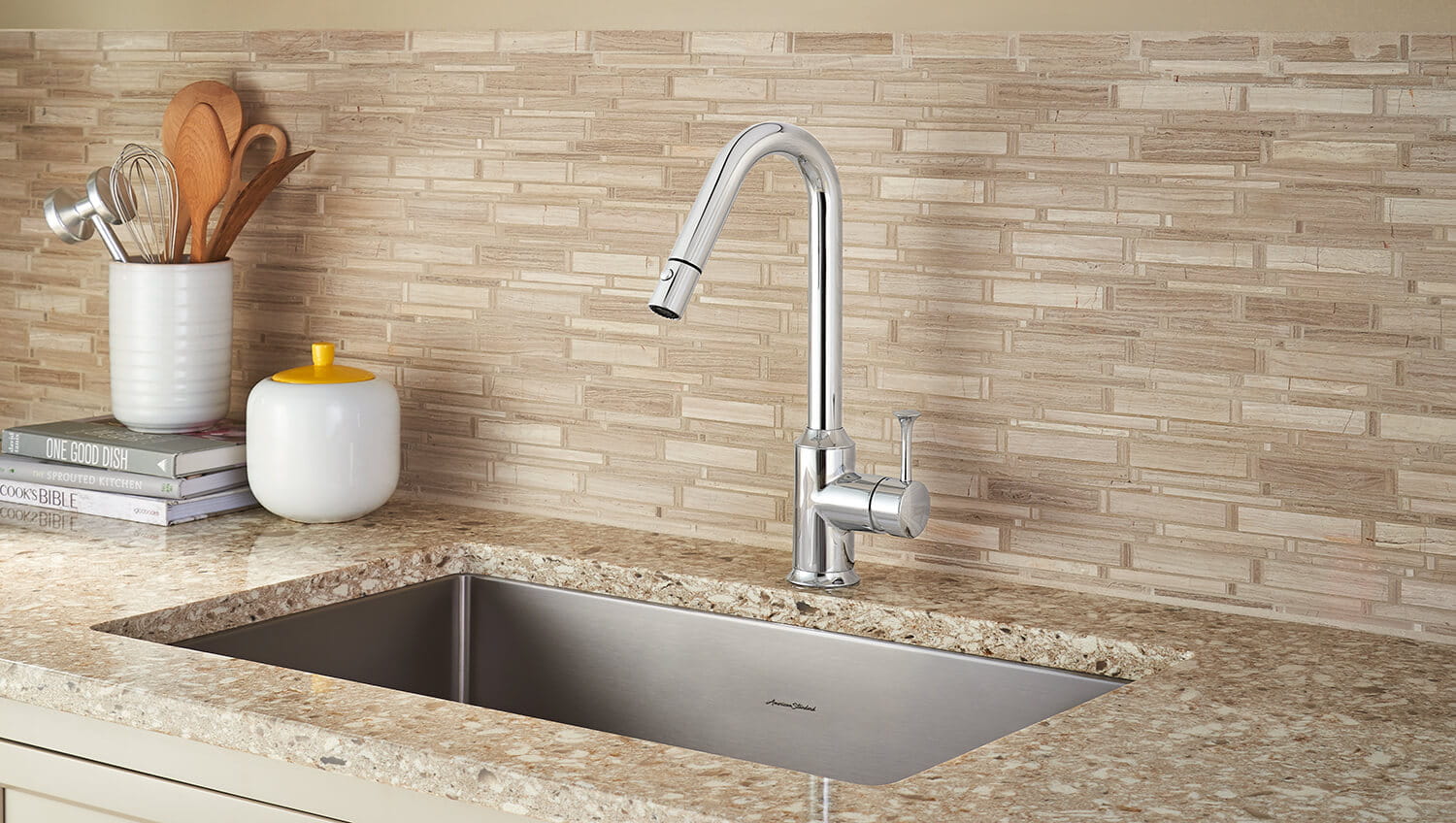





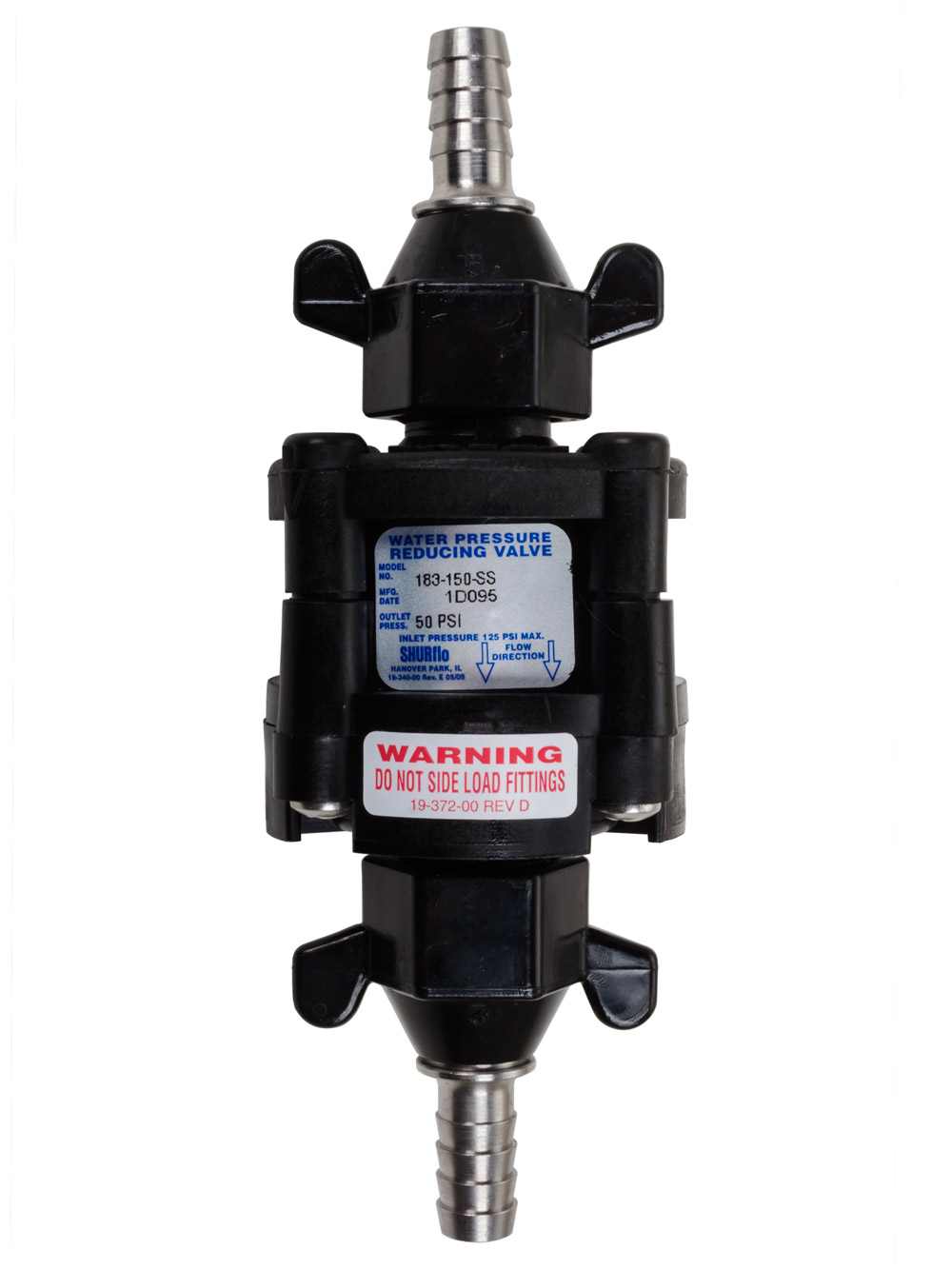


:max_bytes(150000):strip_icc()/the-men-s-hand-opens-the-ball-valve-on-the-collector-1006810456-5c5fc73fc9e77c000159c4af.jpg)




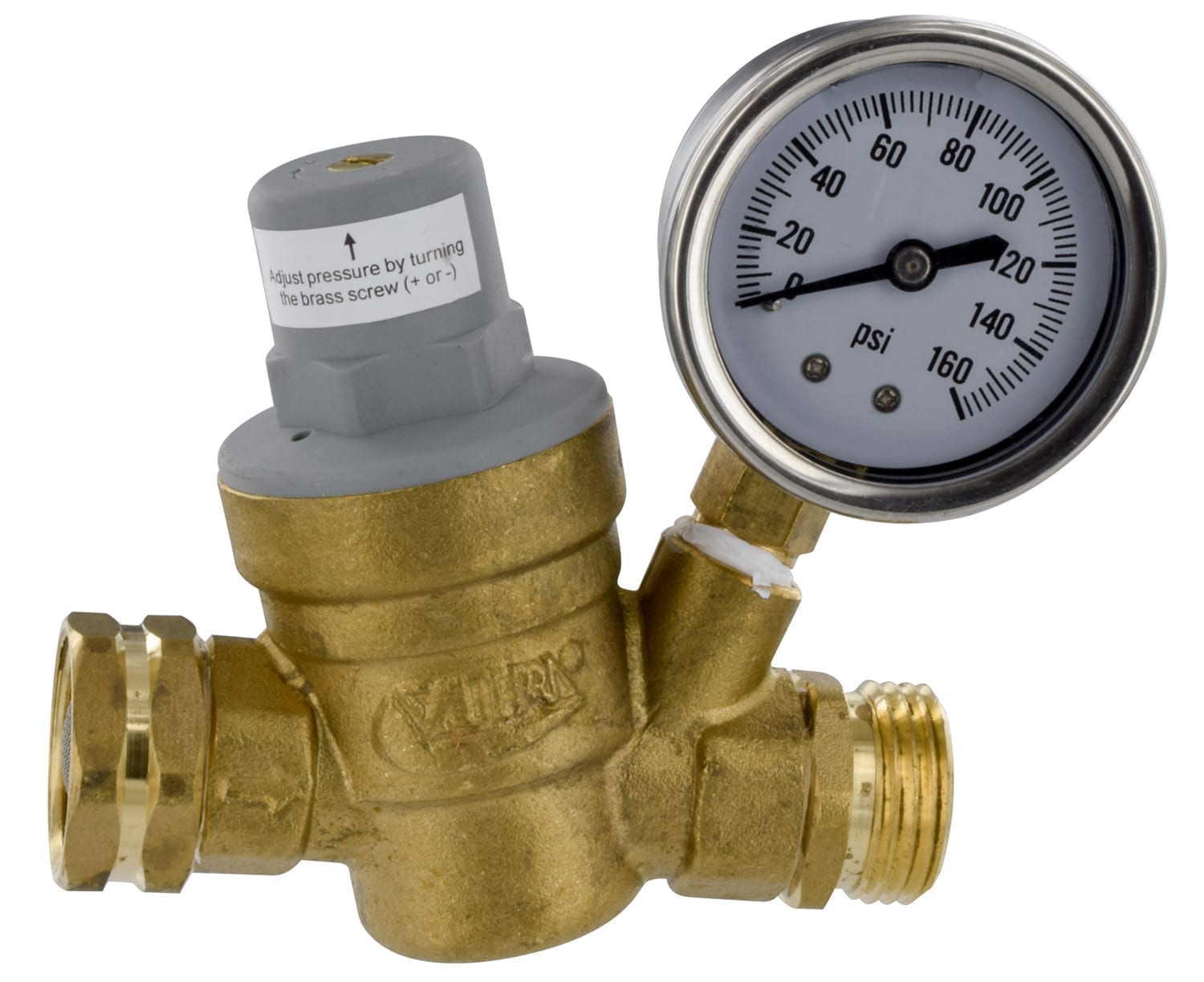

:max_bytes(150000):strip_icc()/testing-water-pressure-in-your-home-2718692-04-c37ab3236d0d4b61b87079ebf9ef823e.jpg)






























